
A 5-year old boy presented with these nonpruritic nonsupurrative painful erythematous nodules on his lower extremities. The rash had appeared about 1 week after the onset of a dry hacking cough.

A 5-year old boy presented with these nonpruritic nonsupurrative painful erythematous nodules on his lower extremities. The rash had appeared about 1 week after the onset of a dry hacking cough.

A 23-year-old undocumented citizen came to a community clinic with her children. She asked to see the social worker. She stated that she was the victim of domestic abuse in her home the night before her visit. She was well known in the clinic and this was not her first experience with domestic violence

Here: Dr Adrian Lim walks you through the steps involved in treatment of patients using botulin toxin (Botox) for cosmetic enhancement of facial lines and wrinkles.

Dr Adrian Lim shines a light on a variety of techniques -including use of trichloracetic acid, ablative resurfacing, and full and fractional resurfacing, to help correct post-acne scarring.
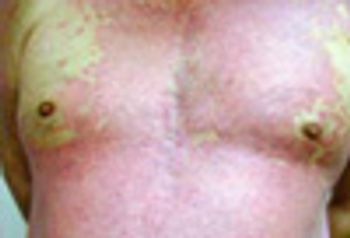
Here: Ted Rosen, MD, presents 5 tips about 5 disorders that you might not know.


An 87-year-old man experienced a scratchy throat and difficulty speaking, which cleared after taking over-the-counter throat lozenges.

While he was doing yard work, a man experienced acute, severe, burning pain.
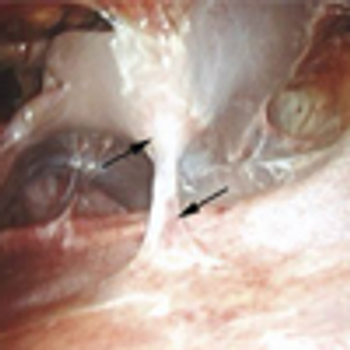
6 Shots - 6 Tips. Zebras: Clinical Surprises.

Tired of assembly-line medicine? Don’t wait for politician-saviors. Convene with your neighbors.
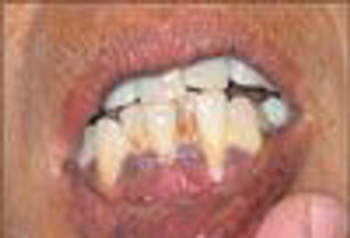
However, persistent, unexplained hypoglycemia can indicate a potentially grave, often treatable, underlying disorder, such as insulinoma, or adrenal or pituitary insufficiency.
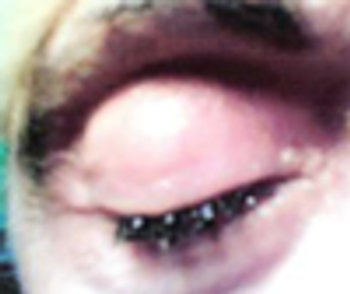
A 63-year-old woman with Crohn disease who had a colostomy accidentally instilled a stoma care product (Stomahesive) into her right eye.
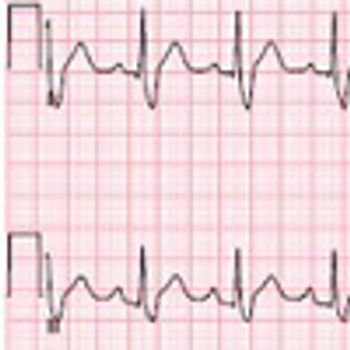
A 25-year-old man with no significant medical history was attempting to move a heavy container when he lost control and became pinned between the container and a concrete pole.

In Seattle, Washington, a group of 12 physicians and nurse practitioners see patients at a clinic that doesn’t accept insurance. Instead, patients pay roughly $65 a month, every month.
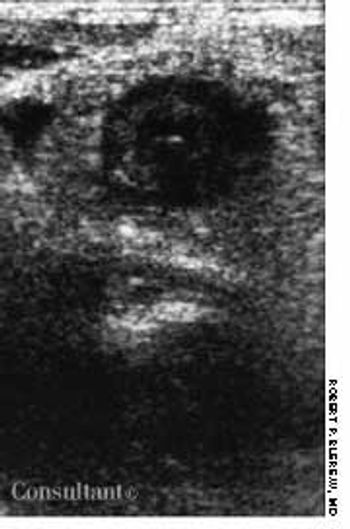
Shortly after awakening, a 17-year-old man experienced acute onset of severe pubic area pain.

Links to CL Supplements

Adding aliskiren to antihypertension regimens that already include losartan reduced blood protein levels from 19% to 22% in hypertensive type 2 diabetic patients with nephropathy.
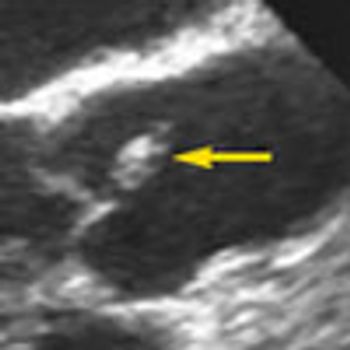
A 59-year-old woman had aphasia and right-sided weakness after a routine total knee replacement. CT and MRI scans revealed a large left middle cerebral artery infarct. A CT angiogram showed no significant disease of the cerebrovascular arteries. Test results for the lupus anticoagulant were positive. A venous study of the legs showed no deep venous thrombosis. She was treated with warfarin and aspirin and discharged. After speech and physical therapy, she had mild residual aphasia.

A 61-year-old man with arthritis and an 80-pack-year smoking history presented with fever, dyspnea, and productive cough of a week’s duration that did not respond to outpatient treatment with levofloxacin.

Can the death of a terrorist be something to celebrate? Should it be? What can this tell us about ourselves? What is the "proper" reaction?